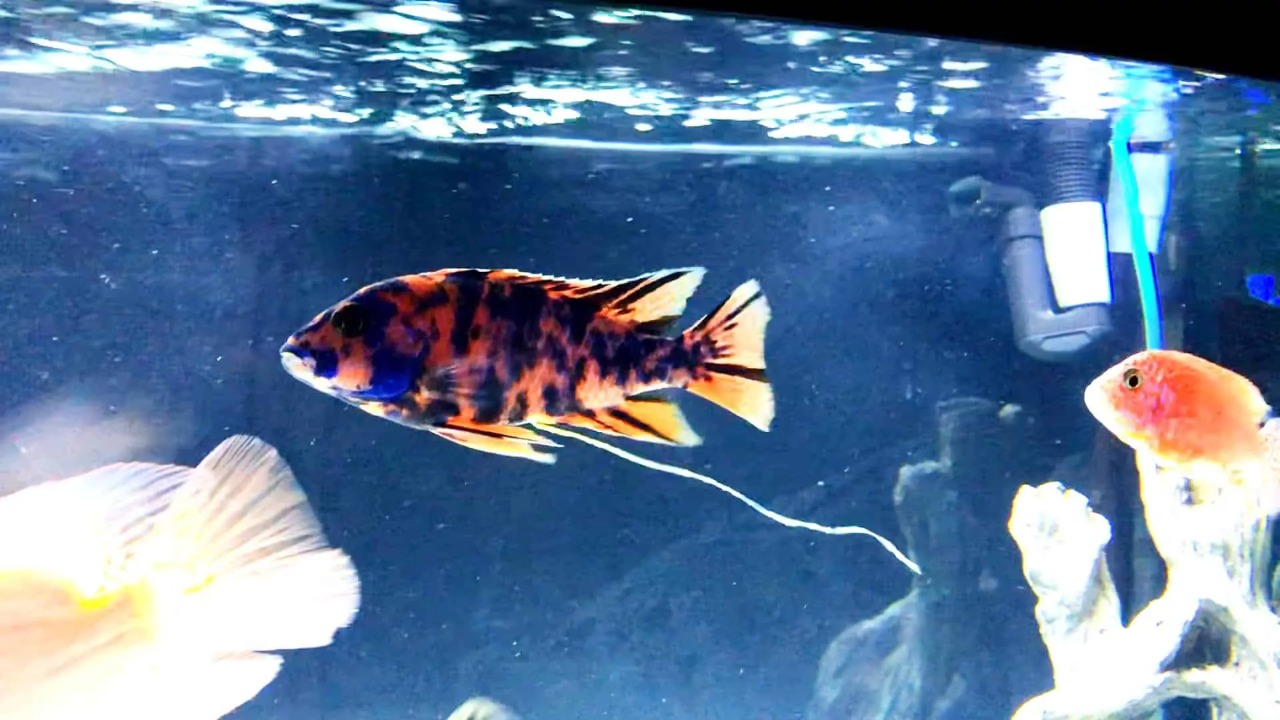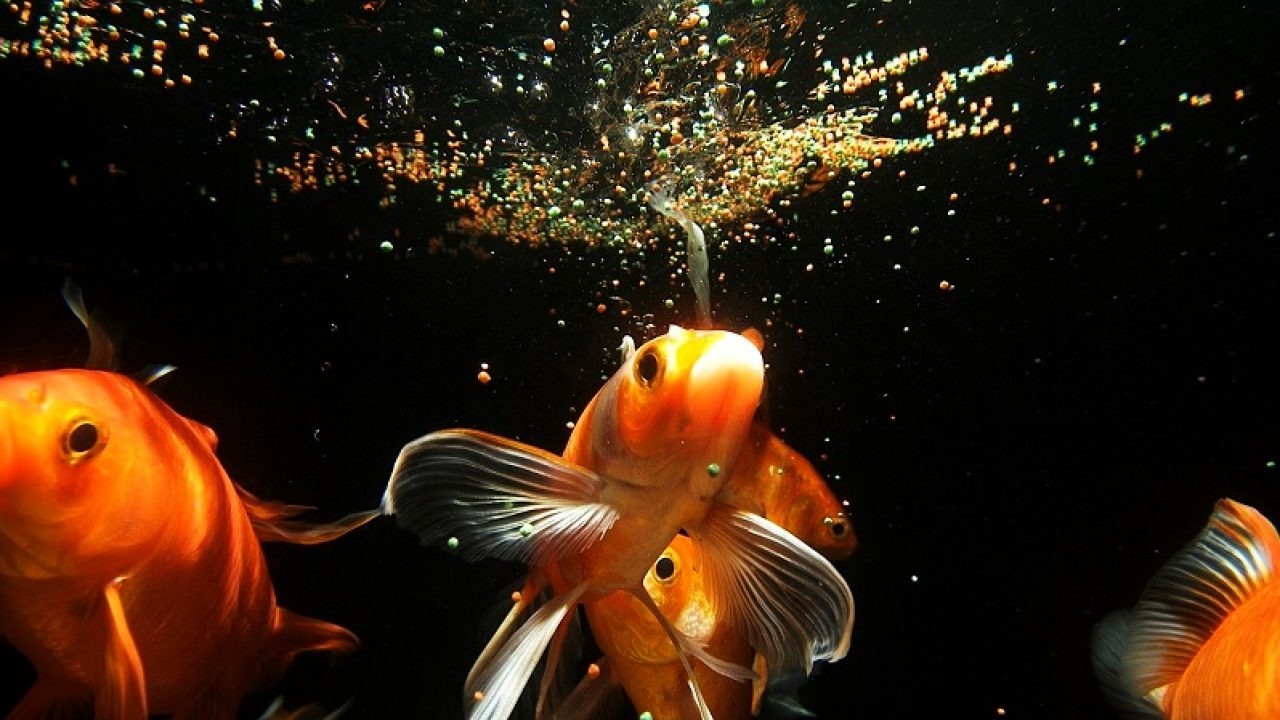Fishkeeping is a rewarding hobby that brings vibrant aquatic life into our homes. However, responsible aquarium ownership goes beyond providing a beautiful tank with colorful fish. Monitoring your fish’s waste is a crucial aspect of ensuring their well-being. Fish waste can provide valuable insights into the overall health of your aquatic pets. In addition to waste monitoring, it’s essential to establish a consistent maintenance routine, including partial water changes and equipment checks, to sustain a healthy aquarium environment. Understanding the specific needs of each fish species in your tank is vital, as it allows you to tailor their diet and care to promote their well-being. By combining diligent waste management with species-specific care, you contribute to the longevity and vibrancy of your underwater community.
What Does Fish Poop Look Like?

One of the common questions among fish enthusiasts is, “What does fish poop look like?” The appearance of fish waste can vary depending on the species, diet, and overall health of the fish. Generally, healthy fish produce feces that are cylindrical and dark in color. However, if you notice any sudden changes in color, consistency, or frequency, it could be indicative of underlying health issues. Keep a close eye on your aquarium and observe any deviations from the norm.
Normal vs. Abnormal Waste
Understanding what constitutes normal fish waste is crucial for identifying potential problems. Normal waste should sink to the bottom of the tank, and the color should be consistent with the fish’s diet. On the other hand, abnormal waste may float, have unusual colors, or exhibit stringy textures. If you observe any such changes, it’s essential to investigate further. Abnormal waste could be a sign of digestive issues, infections, or parasites affecting your fish.
Diet and Water Quality

The connection between a fish’s diet and the quality of its waste cannot be overstated. A well-balanced diet contributes to healthy digestion and, consequently, normal waste production. If your fish are being fed an appropriate diet, their waste is more likely to be consistent and indicative of good health. Additionally, maintaining optimal water quality is paramount. Poor water conditions can stress fish, leading to irregular waste patterns and a higher susceptibility to diseases.
Monitoring Behavioral Changes
Regularly monitoring your fish for signs of distress goes beyond examining waste; it involves attentive observation of their behavior. Deviations in swimming patterns, increased lethargy, loss of appetite, or unusual hiding may signify underlying health concerns. By amalgamating behavioral insights with waste analysis, you gain a holistic perspective on your fish’s overall well-being, enabling prompt intervention and fostering a thriving aquatic environment.
In conclusion, keeping a close eye on your fish’s waste is a proactive approach to ensuring their health and happiness. Regular monitoring, coupled with attention to diet and water quality, allows you to identify potential problems early on. By understanding the nuances of fish waste, you can create a thriving aquatic environment that promotes the well-being of your finned companions. Remember, a healthy tank leads to happy and vibrant fish.



